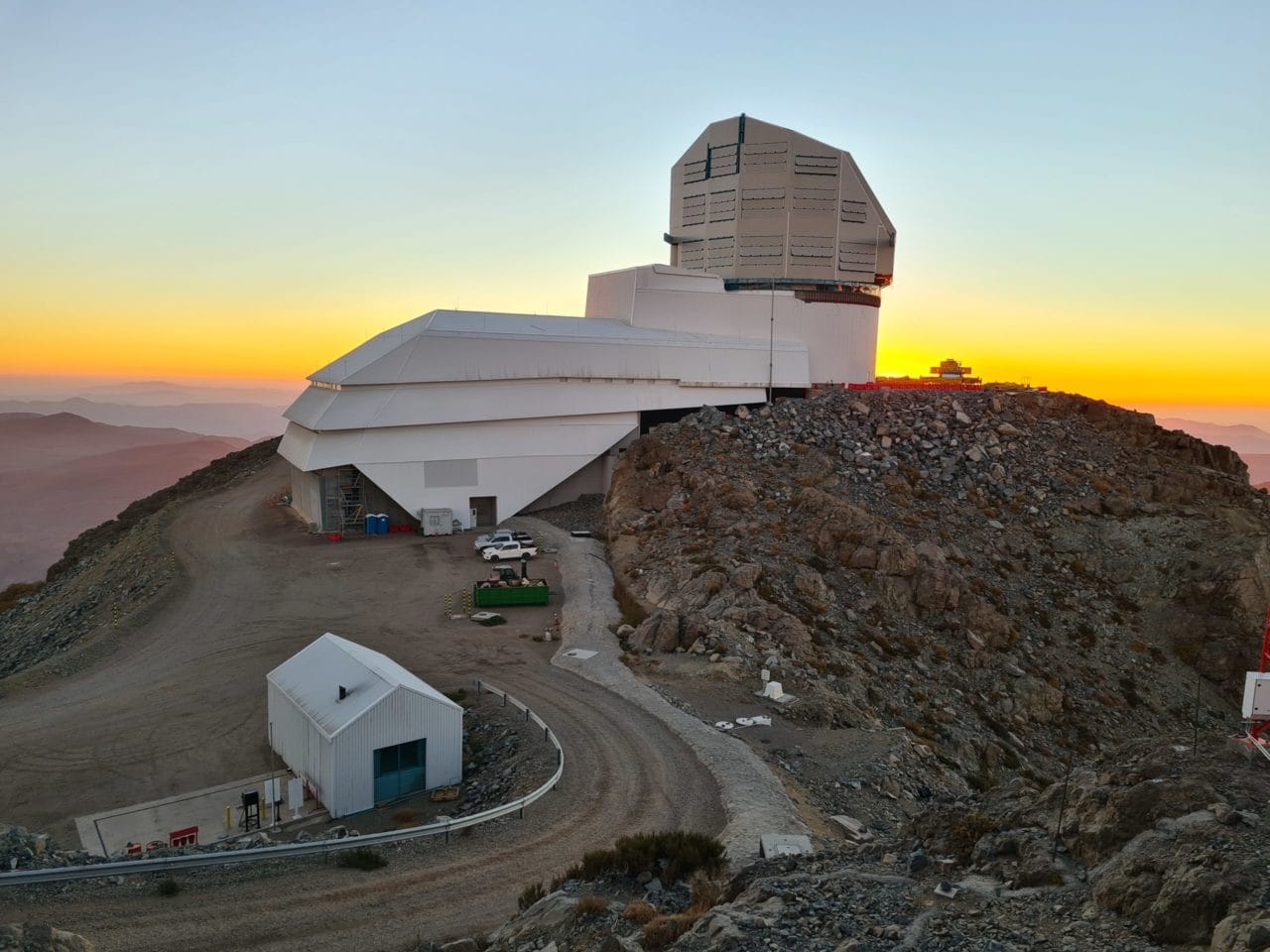A group of physicists has proposed the idea that a mirror universe, a universe that exists alongside our visible universe, could explain dark matter. They argue that we should be able to see traces of stars from this universe.
Dark matter may exist in a mirror universe, which exists parallel to our own. If this is true, we can look for an exotic type of mirror star to prove this idea.
Dark matter
Dark matter is an undiscovered form of matter, making up about 85% of the total mass of the universe. To explain the source of dark matter, a group of scientists has now come up with the following: The idea of a mirror universe coming. This universe will be composed of atomic dark matter, which contains dark matter versions of our “normal” atoms. So there will be dark protons and dark electrons around.
Read also
'Oumuamua, rock or alien spaceship?
Is it a piece of rock or an alien spaceship? The mysterious interstellar object 'Oumuamua', discovered in 2017, continues to excite minds…
“You will then get stars that look like the regular stars we see, like our Sun, but they will be made of dark matter,” he says. Isabella Armstrong From the University of Toronto in Canada. “They will emit dark photons.”
Looking for mirror stars
These mirror stars can be up to ten times more massive than our Sun. Like regular stars, nuclear fusion will occur in its core, but with dark hydrogen, which fuses into dark helium.
Such stars could “exist” in our universe. However, they will not emit visible light, nor will they affect the matter in our universe. This would make them invisible to our telescopes. It is as if they are in a world that has no influence on our world: a kind of mirror universe.
Armstrong and her colleagues have proposed a way to see such stars. This is possible if it contains masses of ordinary matter.
When such a mirror star moves through a (normal) galaxy, its gravity pulls in ordinary matter, such as the gas in the galaxy. “This gas heats up and then starts emitting light,” Armstrong says.
It will also illuminate the mass of visible matter inside the invisible mirror star. It will look like a white dwarf, the remains of Sun-like stars that have reached the end of their lives. But unlike white dwarfs, researchers say this mass of mirrored stellar matter would emit a noticeable dose of X-rays and visible light. “That's how you can tell them apart,” Armstrong says.
Short life
physical Rabindra Mohapatra From the University of Maryland, he finds the idea of mirror stars and a dark universe “plausible.” But he also adds a caveat. If mirror stars exist at all, their lifetimes will be shorter than those of ordinary stars. As a result, they had long since disappeared.
“The density is lower in the mirror world,” he says. As a result, such stars burn through their fuel much faster, and their lifespan is ten times shorter than that of ordinary stars. At the end of their lives, these stars will form dark matter forms of black holes or neutron stars. “Most of the mirror stars should be gone by now,” Mohapatra says.
Speculation
The idea of mirror stars and a mirror universe is largely speculative. “It's a theory,” Armstrong confirms. “We don't know if these things exist.”
Future telescopes may be able to search for it. One of them is the Vera C. Rubin Observatory in Chile, which will conduct a large-scale survey of the universe starting in 2025. This new instrument is expected to detect many faint light objects.
Another way to find a mirror star is to look at the effect of its gravity on the light passing through it. “It can bend light a little bit,” Armstrong says. “A telescope like Vera Rubin can look for these types of effects.”

“Total coffee specialist. Hardcore reader. Incurable music scholar. Web guru. Freelance troublemaker. Problem solver. Travel trailblazer.”








More Stories
GALA lacks a chapter on e-health
Weird beer can taste really good.
Planets contain much more water than previously thought